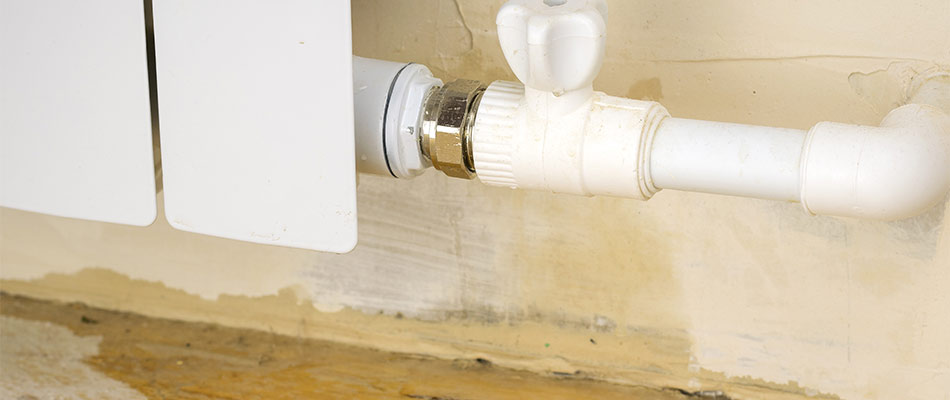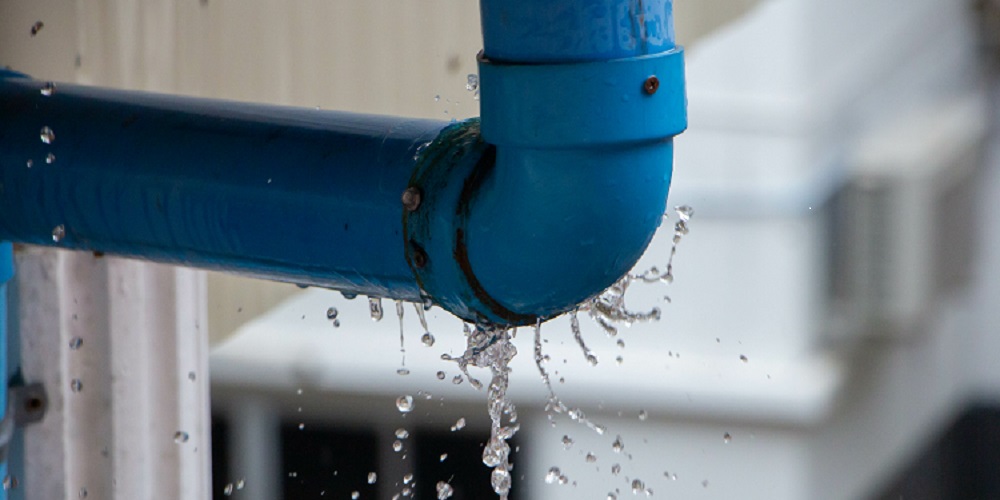Just how to Discover as well as Repair Work Water Leaks-- A Comprehensive Guide
Just how to Discover as well as Repair Work Water Leaks-- A Comprehensive Guide
Blog Article
We've unearthed this great article on Finding hidden leaks down the page on the net and felt it made sense to write about it with you in this article.

Early detection of dripping water lines can mitigate a prospective disaster. Some small water leakages may not be noticeable.
1. Check Out the Water Meter
Every residence has a water meter. Inspecting it is a surefire manner in which helps you find leakages. For beginners, turn off all the water resources. Make certain no one will certainly purge, use the faucet, shower, run the cleaning machine or dishwasher. From there, most likely to the meter and watch if it will alter. Given that no one is using it, there need to be no activities. If it moves, that suggests a fast-moving leakage. If you identify no changes, wait an hour or two as well as inspect back once more. This suggests you might have a slow-moving leakage that can also be below ground.
2. Examine Water Intake
Assess your water costs and also track your water intake. As the one paying it, you need to notice if there are any disparities. If you detect sudden changes, regardless of your usage coinciding, it indicates that you have leaks in your plumbing system. Remember, your water bill should drop under the very same array on a monthly basis. An abrupt spike in your bill shows a fast-moving leakage.
A stable rise every month, also with the same routines, shows you have a slow-moving leak that's also gradually escalating. Call a plumber to extensively inspect your residential or commercial property, especially if you really feel a warm location on your floor with piping below.
3. Do a Food Coloring Test
When it comes to water usage, 30% comes from commodes. If the color in some way infiltrates your dish during that time without flushing, there's a leak in between the tank as well as dish.
4. Asses Exterior Lines
Do not forget to check your outdoor water lines as well. Must water leak out of the link, you have a loosened rubber gasket. One little leakage can throw away tons of water as well as surge your water expense.
5. Examine the circumstance as well as check
Home owners need to make it a behavior to examine under the sink counters and also also inside closets for any kind of bad odor or mold and mildew growth. These 2 warnings show a leakage so timely interest is required. Doing routine evaluations, even bi-annually, can conserve you from a significant issue.
A lot more significantly, if you know your residence is already old, keep a watchful eye on your heaters, tubes, pipelines and so on. Look for discolorations and damaging as a lot of pipelines and devices have a life span. They will additionally normally weaken due to tear and also put on. Don't wait for it to rise if you presume leaking water lines in your plumbing system. Call a specialist plumber right now so you don't wind up with an awful mess in your home.
Early detection of dripping water lines can mitigate a prospective disaster. Some small water leakages may not be noticeable. Examining it is a surefire means that helps you find leakages. One tiny leak can throw away loads of water and surge your water costs.
If you presume leaking water lines in your plumbing system, don't wait for it to escalate.
WARNING SIGNS OF WATER LEAKAGE BEHIND THE WALL
PERSISTENT MUSTY ODORS
As water slowly drips from a leaky pipe inside the wall, flooring and sheetrock stay damp and develop an odor similar to wet cardboard. It generates a musty smell that can help you find hidden leaks.
MOLD IN UNUSUAL AREAS
Mold usually grows in wet areas like kitchens, baths and laundry rooms. If you spot the stuff on walls or baseboards in other rooms of the house, it’s a good indicator of undetected water leaks.
STAINS THAT GROW
When mold thrives around a leaky pipe, it sometimes takes hold on the inside surface of the affected wall. A growing stain on otherwise clean sheetrock is often your sign of a hidden plumbing problem.
PEELING OR BUBBLING WALLPAPER / PAINT
This clue is easy to miss in rooms that don’t get much use. When you see wallpaper separating along seams or paint bubbling or flaking off the wall, blame sheetrock that stays wet because of an undetected leak.
BUCKLED CEILINGS AND STAINED FLOORS
If ceilings or floors in bathrooms, kitchens or laundry areas develop structural problems, don’t rule out constant damp inside the walls. Wet sheetrock can affect adjacent framing, flooring and ceilings.
https://www.servicemasterbyzaba.com/blog/how-to-detect-water-leakage-in-walls/

As a devoted reader on Top leak detection hacks, I assumed sharing that post was worthwhile. Be sure to take a moment to share this blog if you enjoyed reading it. I value reading our article about Detecting hidden plumbing leaks.
Report this page